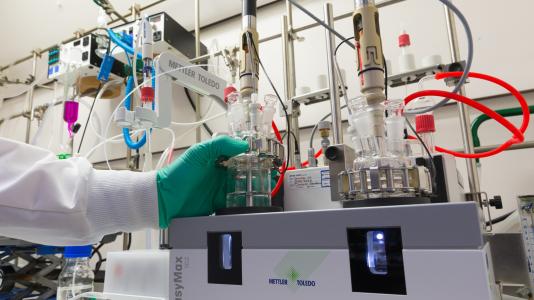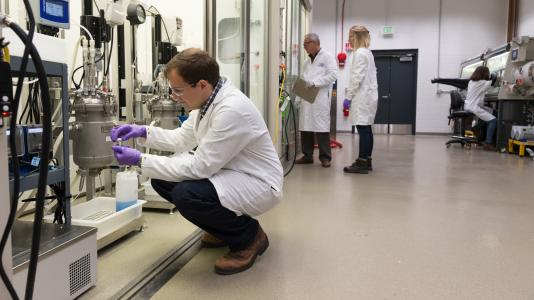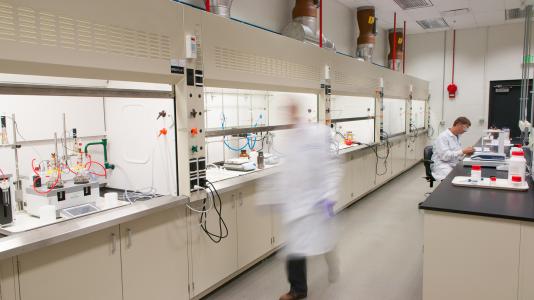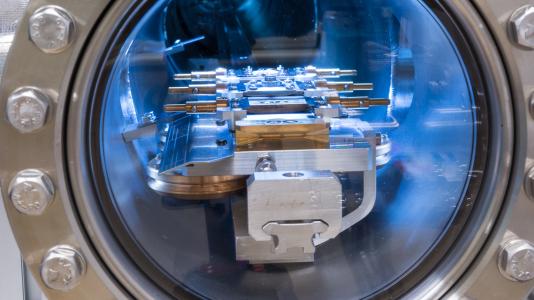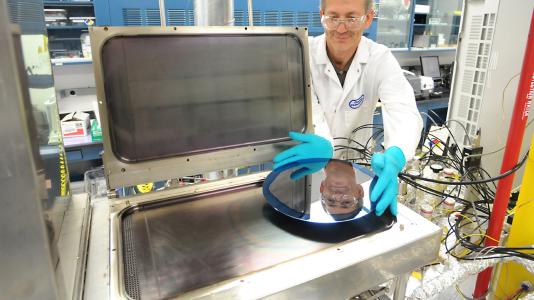
- Sequential Infiltration Synthesis for Enhancing Multiple Patterning Lithography (ANL-IN-12-107 and ANL-IN-12-107B)
Technology available for licensing: The invention is simplified methods of multiple-patterning photolithography using sequential infiltration synthesis (SIS) to modify the photoresist such that it withstands plasma etching better than unmodified resist and replaces one or more hard masks and/or a freezing step in MPL processes including litho-etch-litho-etch photolithography or litho-freeze-litho-etch photolithography. Potential applications of these methods and system extend to virtually all technologies in which periodic nanomaterial structures are desirable, including optoelectronics, sensors, membranes, photonic crystals, dielectric materials, and electronics.
Benefits
- Process for preparing lower-cost, high-throughput multiple patterning photolithography.
- Can increase the plasma etch resistance and/or render a photoresist layer insoluble in photoresist solvents, thus obviating the need for one or more steps of present techniques of multiple-patterning lithography.
- Utilizes alternating exposures to gas phase precursors that infiltrate the organic or partially organic resist material to form a protective component within the resist layer, modifying the standard multiple-patterning lithography techniques to reduce the number of steps and/or decrease the cost and time that these techniques presently require
